Some people may have been a little cynical when small plates began to appear in restaurants and on menus in Ireland, fearing another pulled pork and mason jar situation – something that once had some food kudos being latched onto by the masses, in an attempt to add relevance to mediocre food offerings. While this may end up happening eventually with small plates, what’s different about this growing trend is that chefs have been embracing it for good reason.
Small plates are not a new invention. We eat plenty of Italian antipasto, Greek mezze, Chinese dim sum and, of course, the most famous of all, Spanish tapas. JP McMahon started his small plate journey by opening Cava Bodega Tapas in Galway 11 years ago.
Despite making his tapas bigger than the traditional Spanish style, there was still some resistance.“Sometimes we’d lose customers because they wouldn’t want a tapas of steak, they’d want a whole steak to themselves,” he says.

More than a decade on, it’s his busiest restaurant. More recently he opened Tartare, serving small plates and natural wines. “Tartare is an amalgamation of the tapas idea of Cava and the food philosophy of Aniar," he says, referring to his one-star Michelin restaurant.
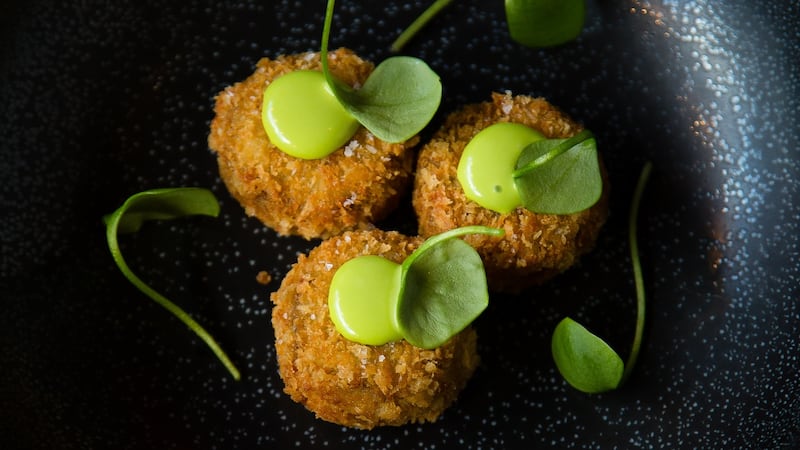
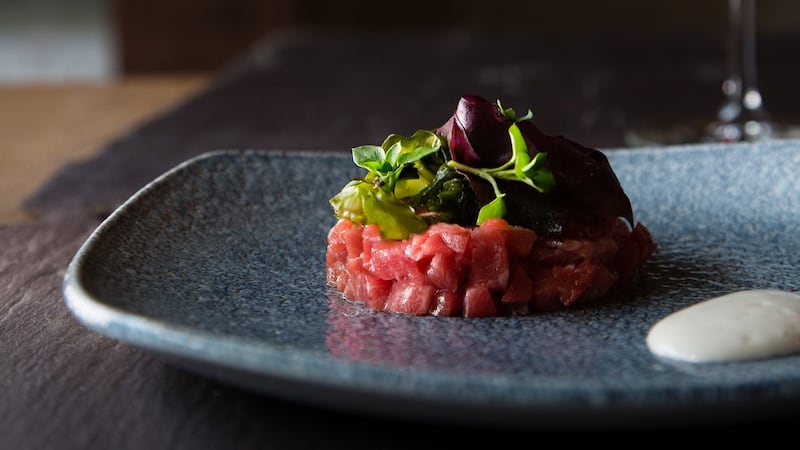
Two years in now, he says, “people get the idea. You can go out and have a few small plates and go off somewhere else. You don’t have to just go to one place in an evening.”
Barry Ralph opened House of Plates in Castlebar three years ago, which as the name suggests, focuses on small and sharing plates. "I wanted to open a destination restaurant, there were plenty around us doing a la carte so we wanted to do something different.''
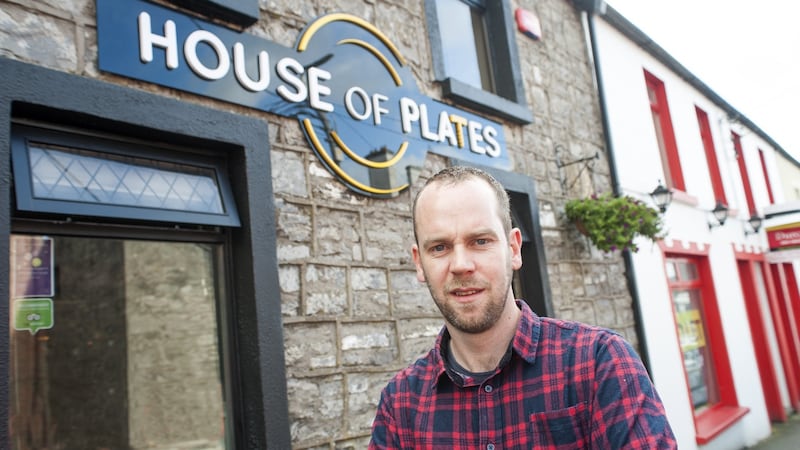
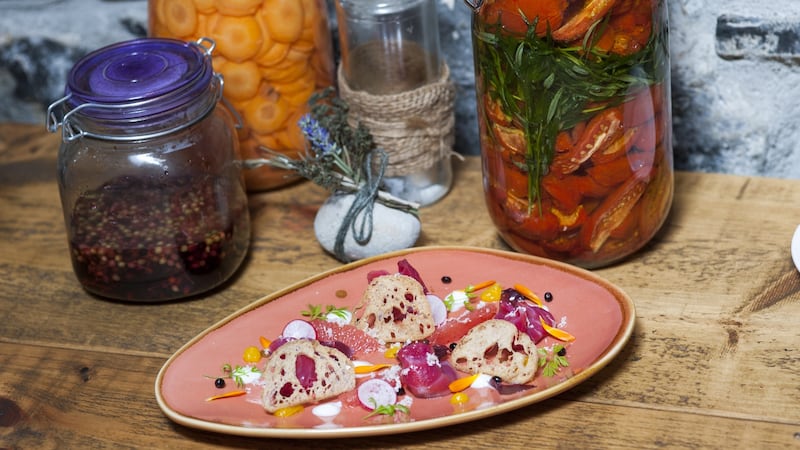
Originally he thought that would be tapas, but he tweaked the idea to suit where they were. “We came up with the idea of all starter sized plates. We broke it into land, sea and earth and then we broke it into about six or seven options in each section so there’s seven meat, seven fish, seven vegetarian dishes.”
Giving plenty of options meant the reaction from the start was good. “It suits lots of people: groups eating together, people wanting different portions, vegans and vegetarians.” And let’s be honest, anyone eating vegetarian in Ireland is probably well used to mixing and matching starter options to make up their dinner.
Keith Pigott, the head chef at Oak & Apple, a newly opened small plates restaurant in Adare, Co Limerick, has also been impressed by how customers have reacted to a new offering. They went with small plates as it seemed like a viable option somewhere that already had excellent dining options, with Adare Manor and 1826 Adare close by.
“We’ve had a really good reaction; I’d say only two people in two months have said they didn’t get enough food. We had a very small kitchen anyway, so it suited us. It means we can experiment more, and use more local dishes. I have Ballinwillin goat on the menu at the moment, and people are more likely to order it when it’s a small dish and not a big commitment.”
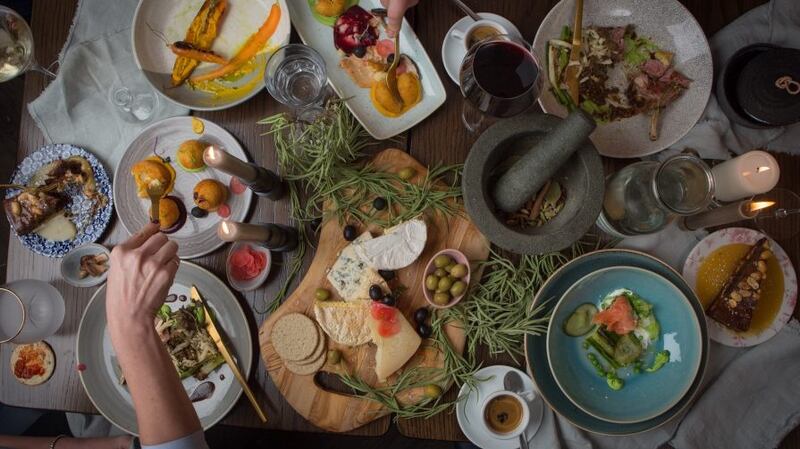
Small plates are a bit of a “chef’s playground”, which is another bonus. It allows them to use more niche, artisan and seasonal ingredients, and of course, giving us a new way to try them.
JP McMahon found people might not give up a starter course for half a dozen oysters in a traditional setting, but were more likely to order single oysters casually at Tartare. He can put rabbit and pigeon on tapas and small plates menus and they will sell, but they might not as main courses.
In Dublin, Gaz Smith recently opened Little Mike's in Mount Merrion, offering "wine, seafood, plates". He has already garnered quite a reputation for promoting Irish seafood in his original restaurant Michael's, but in Little Mike's he can push the boat out even more.
“We get to change the menu at Little Mike’s way more frequently than we do at Michael’s. It’s less of a risk; we got Lambay Island whelks and put them on. Because they were only €6, people tried them; if you were to put on a portion of sea snails for 14 quid in Michael’s, no one’s going to go near them.”
He recently visited Host in Ranelagh, another restaurant of small and sharing plates that are keenly priced, and was really impressed at how it works. "You're just way more inclined to roll the dice on a €12 dish than a €26 one."
Being more in control of their menus also helps massively with another area we’ve all become more concerned with: waste and sustainability. In Oak & Apple, Pigott tells me, “There is much less waste. I’ve worked so many places where I see half a main course or desserts come back because people just weren’t able to finish it. But with the small plates you can order what you want. It means less comes back to the kitchen.”
And when it comes to opening a restaurant, taking the small plates, casual approach makes it instantly more affordable. You don’t need a massive kitchen or an army of chefs. The simple fact that you may just need to buy one type or one size of plate can make a massive difference to a start-up.

Two other places that spring to mind are Frank's on Camden Street and Little Fox in Ennistymon, restaurants that have opened quietly in recent months with tiny kitchens serving small menus and sharing or small plates, but have still managed to make a lot of noise in the food world. Flashy and big don't seem to impress us as much anymore.
Are small plates the future then?
“I still think we’re somewhere in the middle; we certainly haven’t reached our peak at what we can do with small plates,” McMahon says.
Barry Ralph says it’s a no-brainer for him, and he can see how it will work for so many others, too.
“I can give better service. It makes sense to cook like this in many ways, for so many reasons. I don’t think it’s the end for the three course a la carte, but I do think the balance could switch 70/30 in favour of more casual dining,” he says.
“I think the only thing holding us back now is the crazy rents,” says Smith. “Once they drop, and hopefully they will, small plates and casual are going to be the next big movements.”
Here’s hoping. Now, pass the pigeon please.












